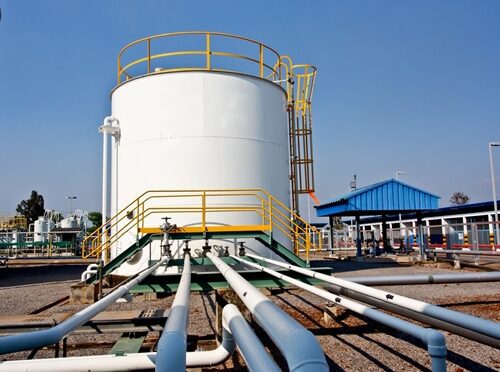
With the oil and gas boom, production has surged to help the U.S. become more energy independent and strengthen the economy. While production is expected to continue to rise, a shortage of workers in the job market that could make it difficult for employers to find qualified workers and sustain growth in the industry.
As more baby boomers are exiting the oil and gas workforce, there is the need to address the worker shortage in the industry. Energy employers find themselves with an employment gap that is increasingly being filled with new graduates. However, these graduates often lack the knowledge and experience of their older counterparts, specifically when it comes to safety measures and procedures. Since regulations regarding chemical and gas exposure are changing, employers should ensure they effectively train and educate all their workers about dangers specific to the oil and gas sector.
Recently, there have been proposed changes to permissible exposure limits for certain chemicals and contaminants. With this danger, employers should guard against these occupational hazards with the correct personal protective equipment.
Here are three respiratory hazards in the oil and gas industry:
1. Silica
The U.S. Occupational Safety and Health Administration is undergoing a major revision of its PELs for crystalline silica dust, which is often used in oil and gas extraction. Since hydraulic fracturing uses silica sand to split the earth and allow operators to drill and extract resources, employees are at high risk for exposure to this potentially harmful chemical. Silica exposure could result in development of fatal lung diseases or other respiratory problems that could be long-lasting even after workers leave the workforce.
OSHA predicts the new regulations could curb new silicosis cases by 1,600 per year through requirements such as dust collectors. Employers should consider installing dust collectors to remove silica from the air in the workplace and lower the concentration of respirable silica. Maintaining these collectors by removing filters regularly and monitoring the air quality is crucial to ensure dust collectors are performing adequately.

2. Hydrogen sulfide
Another major health hazard is hydrogen sulfide, which could greatly affect worker well-being depending on the concentration and exposure of this gas. While hydrogen sulfide naturally has a rotten egg smell, even workers who might be exposed to high concentrations of this gas may not be aware of how much they are actually breathing in. The National Institute for Occupational Safety and Health suggests a recommended exposure limit of 10 parts per million and 20 ppm for OSHA's general industry ceiling limit.
"While the symptoms of hydrogen sulfide exposure are subtle, it's important to recognize them to quickly remove or rescue workers if they are at risk for dangerous levels of exposure."
Employers should equip workplaces with air monitoring equipment and measure the concentration of hydrogen sulfide in the air to get an accurate reading of possible exposure to this gas. Companies could also train workers to recognize signs of prolonged exposure, including nausea, headaches and fatigue. While the symptoms of hydrogen sulfide exposure are subtle, it's important to recognize them to quickly remove or rescue workers if they are at risk for dangerous levels of exposure.
3. Chemical exposure
Within the workforce, employees in the field regularly encounter a variety of chemicals during extracting, producing, refining and transporting petroleum products. Companies should consider the types of chemicals oil and gas workers are exposed to during these processes. According to the NIOSH, workers may be at risk for occupational exposure to benzene while they are gauging flowback tanks. A 17-sample study found 15 of these samples surpassed recommended exposure limits.
Since workers are exposed to chemicals like benzene, companies should comply with safety regulations by equipping employees with respirators that meet NIOSH and OSHA standards. These respirators effectively filter out contaminants and chemicals while providing workers with access to clean air. Employers should also be mindful of the amount of exposure workers have throughout a full-shift and make sure they are not exceeding those levels. PPE like respirators should be used after establishing engineering controls may not be as effective.
NIOSH recommended that employers train technicians to be aware of the dangers of benzene exposure and how to monitor the environmental conditions and concentrations of these chemicals.








